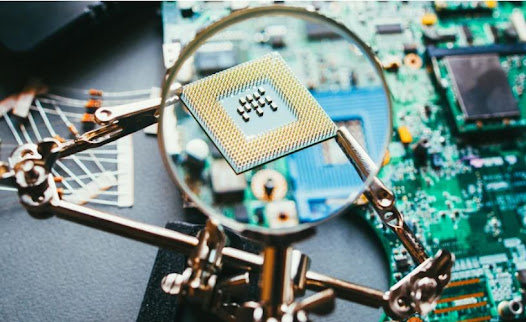Understanding the Challenges:
Signal Integrity: At high frequencies, maintaining signal integrity becomes increasingly complex. Issues such as reflection, crosstalk, and attenuation can significantly degrade signal quality. Designers must carefully consider the layout, trace geometry, and material properties to mitigate these effects.
Material Considerations: The choice of substrate material is crucial in high-frequency PCB design. Materials with low dielectric loss and stable dielectric constants are preferred to reduce signal loss and maintain consistent signal velocity.
Impedance Control: Impedance matching is vital to prevent signal reflections and ensure efficient power transfer. This requires precise control over trace width, thickness, and the dielectric properties of the substrate.
Thermal Management: High-frequency circuits can generate significant amounts of heat. Effective thermal management strategies, including heat sinks, thermal vias, and appropriate component placement, are essential to prevent overheating and ensure reliability.
EMI and EMC Considerations: Electromagnetic interference (EMI) and electromagnetic compatibility (EMC) are critical in high-frequency designs. Shielding, proper grounding, and layout optimization are necessary to minimize EMI and ensure compliance with EMC regulations.
Strategies for Effective High-Frequency PCB Design:
Use of Simulation Tools: Advanced simulation tools can help predict and mitigate potential issues related to signal integrity, thermal performance, and electromagnetic compatibility, allowing designers to make informed decisions.
Layer Stackup Optimization: Optimizing the PCB layer stackup can help in managing signal integrity and reducing electromagnetic interference. Strategic layer arrangement can provide effective shielding and impedance control.
Component Selection and Placement: Choosing components that are designed for high-frequency operation and optimizing their placement can reduce signal path lengths and minimize potential interference sources.
Attention to Manufacturing Processes: High-frequency PCBs require precision manufacturing. Ensuring that the fabrication process can meet the tight tolerances required is essential for the performance of the final product.
In conclusion, high-frequency PCB design is a complex field that demands a comprehensive understanding of electromagnetic theory, materials science, and circuit design principles. By addressing the unique challenges of high-frequency signal transmission and adopting a holistic design approach, engineers can create effective and reliable high-frequency PCBs that meet the demands of today's advanced technological applications.








